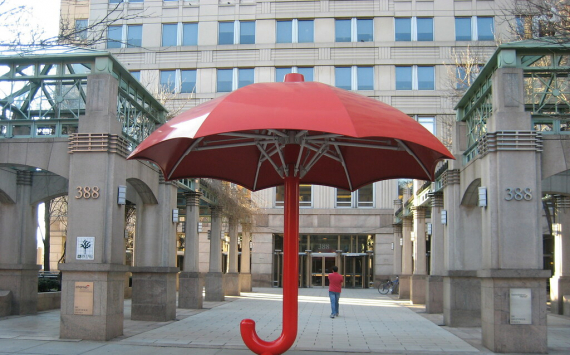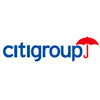
Citi's Green Shoots Report
Investment firm Citi recently commenced coverage on several prominent application software companies. In a report issued on Tuesday, Citi analysts evaluated the prospects of Braze (NASDAQ: BRZE), Hubspot (NYSE: HUBS), and ZoomInfo Technologies (NASDAQ: ZI). Despite the lingering uncertainty in the macroeconomic landscape, Citi detects positive signs of growth, often referred to as "green shoots."
Market Overview
Analyst Tyler Radke's assessment begins with an overview of the current market conditions. He acknowledges the challenges posed by restricted IT spending and the potential risks associated with seat-based models. However, he highlights two encouraging trends: the resurgence of e-commerce and the recovery of new business formations in the United States over the past few quarters.
CIO Survey and Prioritization
Radke emphasizes the significance of Citi's proprietary Chief Information Officer (CIO) survey, which supports the reprioritization of front-office spending. This realignment aligns with their comprehensive channel analysis.
Ratings and Recommendations
The report unveils Citi's ratings and recommendations for the companies under coverage:
- Braze (BRZE) and Hubspot (HUBS) receive "Buy" ratings. These companies are perceived as the prime beneficiaries of the anticipated recovery in software spending and investments in generative AI.
- ZoomInfo Technologies (ZI) is awarded a "Neutral" rating, reflecting a more cautious stance. Citi's analysis suggests that Braze and Hubspot stand to gain the most from market dynamics.
Analysis of Braze (BRZE)
Radke elaborates on Braze's potential, noting that its omni-channel marketing strategy is still in its early stages. He points out that Braze has only tapped into a small fraction of its total addressable market, highlighting room for growth. Additionally, the transition from third-party to first-party data models is seen as a significant advantage. Radke also cites partner and other data indicating a positive trend, building on the momentum observed in the second quarter.












































